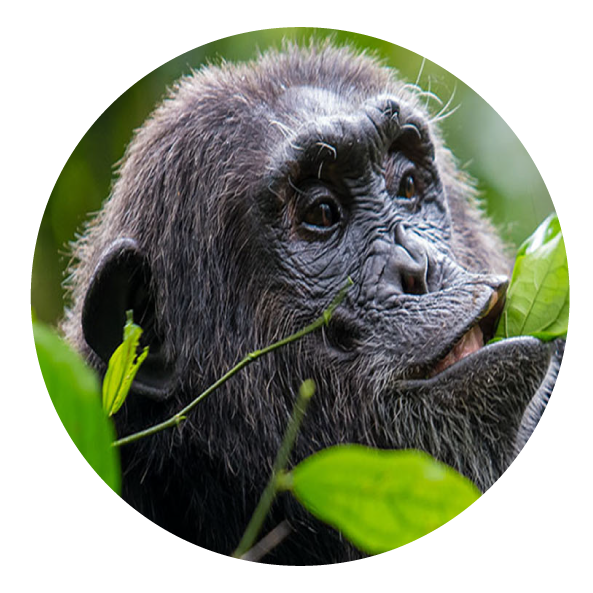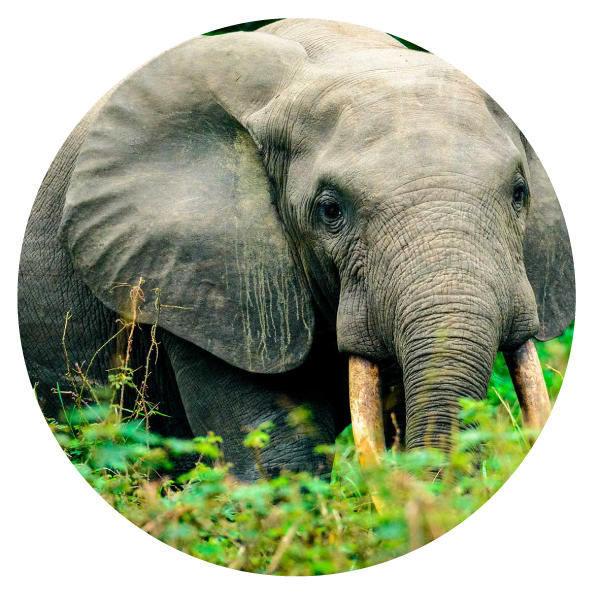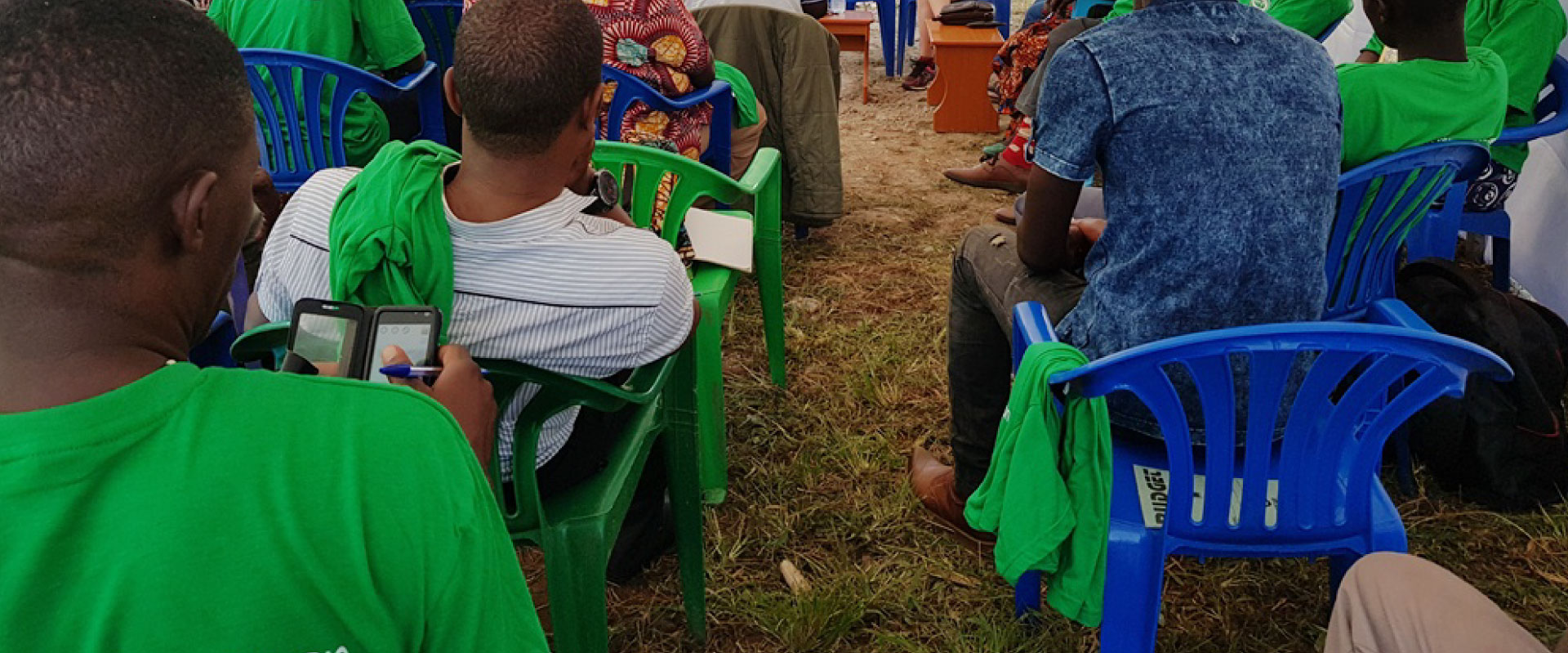


Mountain Gorilla

Birds

Forest Elephants
The Mubare gorilla group was the first to become available for tourism in Uganda in April 1993. Nine groups are now habituated for tourism, and one group for research.
Spread over a series of steep ridges and valleys, Bwindi is the source of five major rivers, which flow into Lake Edward.
Bwindi Impenetrable National Park lies in southwestern Uganda on the edge of the Rift Valley. Its mist-covered hillsides are blanketed by one of Uganda’s oldest and most biologically diverse rain forests, which dates back over 25,000 years and contains almost 400 species of plants. More famously, this “impenetrable forest” also protects an estimated 459 mountain gorillas – roughly half of the world’s population, including several habituated groups, which can be tracked.
This biologically diverse region also provides shelter to a further 120 mammals, including several primate species such as baboons and chimpanzees, as well as elephants and antelopes. There are around 350 species of birds hosted in this forest, including 23 Albertine Rift endemics.
Bwindi is a home to atleast 200 butterfly species including the eight albertine rift endemics.Also a home to many reptiles.
The neighboring towns of Buhoma and Nkuringo both have an impressive array of luxury lodges, rustic bandas, and budget campsites, as well as restaurants, craft stalls, and guiding services. Opportunities abound to discover the local Bakiga and Batwa Pygmy cultures through performances, workshops, and village walks.

Mgahinga Gorilla National Park is Uganda’s smallest national park but definitely not its least popular. It is one in two locations to track mountain gorillas in Uganda, the other being the world-renowned Bwindi Impenetrable National Park. The park has one family called Nyakagezi that receives tourists on gorilla-tracking safaris every day. The Mgahinga trek is quite different from Bwindi because it is a hike that is done along a range of ancient volcanoes.
The park’s only gorilla group is a fascinating one being that it has 3 adult silverbacks who quite impressively get along very well. Like in Bwindi, the treks can be challenging or easy and can last between 1 hour to up tp 8 hours depending on your fitness levels as well as where the gorilla group is on any given day. All treks start with an 8:00 AM briefing followed by a journey into the forest led by an UWA ranger guide. A maximum of 8 tourists are allowed to visit a mountain gorilla group each day and they get a full hour, so you will want to have your camera with you to capture the moments. All tourists on gorilla tracking safaris to Mgahinga will need a gorilla permit. Read more about our booking guidelines and gorilla tracking rules.

Unlike gorilla tracking, the habituation experience follows one of the families that are in the process of being accustomed to tourist visits. Habituation is important in ensuring that the families are made relatively used to tourist visits both for their safety as well as to reduce their shyness. The habituation experience also means that a maximum of 4 tourists will spend more time with the family of gorillas (a total of 4 hours is allowed) as our team of rangers and researchers perform their daily tasks of grooming the family. All tourists visiting Bwindi for the Gorilla Habituation Experience will need a gorilla habituation permit. Read more about our booking guidelines and the do’s and don’t’s for this activity.

Guided nature walks in Bwindi lead to some of the park’s still streams and stunning waterfalls and along the way, tourists can bask in the richness of the biodiversity of this UNESCO World Heritage Site. Butterfly species and other invertebrates, birds, primates, and vegetation can also be sighted.

With over 351 bird species, Bwindi Impenetrable National Park is a favorite spot for birders and boasts at least 23 Albertine rift endemics. Birding in Bwindi is not only exciting for the unique bird species present but is also rewarding in the form of diversity that can be identified on a single day’s escapade. Birding trips are led by one of our expert ranger guides along the trails through this ancient forest. Tourists may be lucky to spot some of the park’s other wildlife and this is what makes Bwindi and Uganda’s birding safaris even more interesting.

Bwindi Impenetrable National Park is neighboured by the Bakiga and Batwa people, both a fascinating group of people with unique traditions. Cultural tours can mean anything from visiting the local ironsmith, a visit to a crafts village, a trip to the traditional leader whose expertise is in prescriptions that have healed the people of the land for centuries, a visit to the local women’s group to learn about how gorilla tourism impacts on their lives and you can also participate in one of the traditional dances or skits. Community tours can either be held the day before your gorilla trek or after can be the much-needed cherry on the cake to crown off an unforgettable encounter with the great apes of our impenetrable forest.
South – Western Uganda (Kisoro)
321km2
1,160m – 2,607m Above sea level